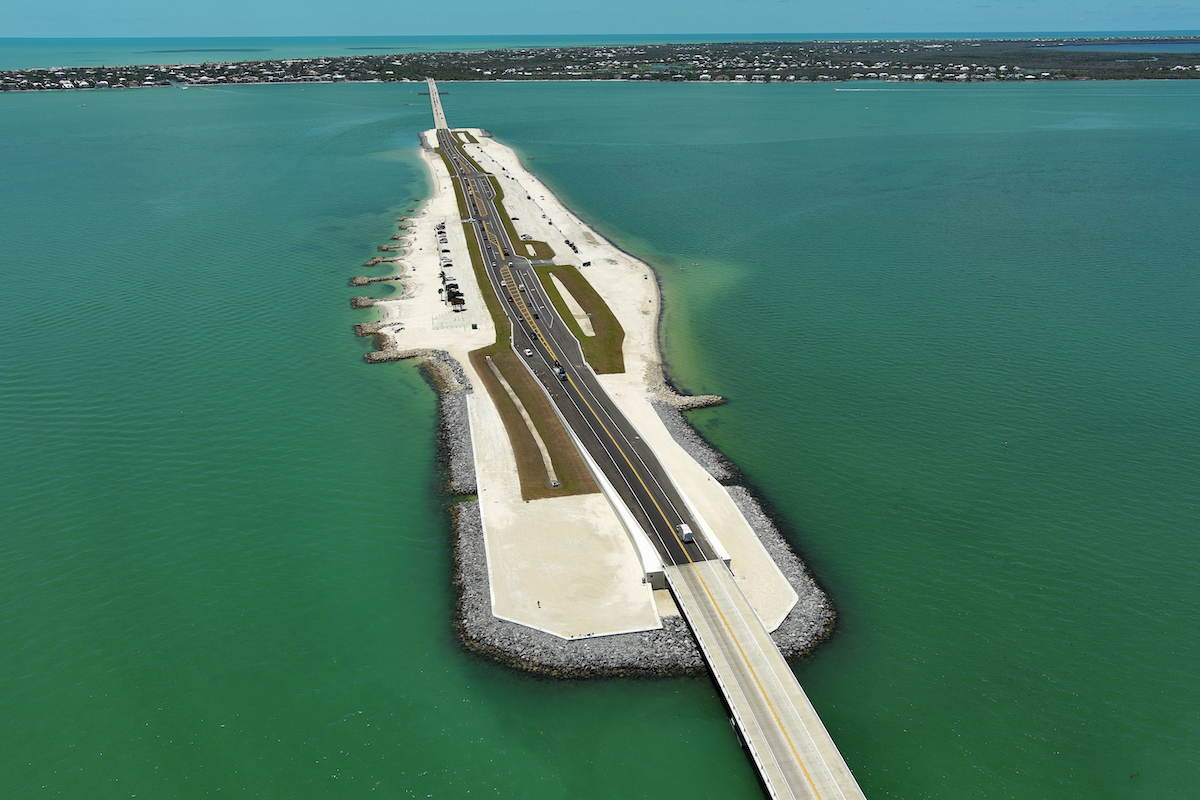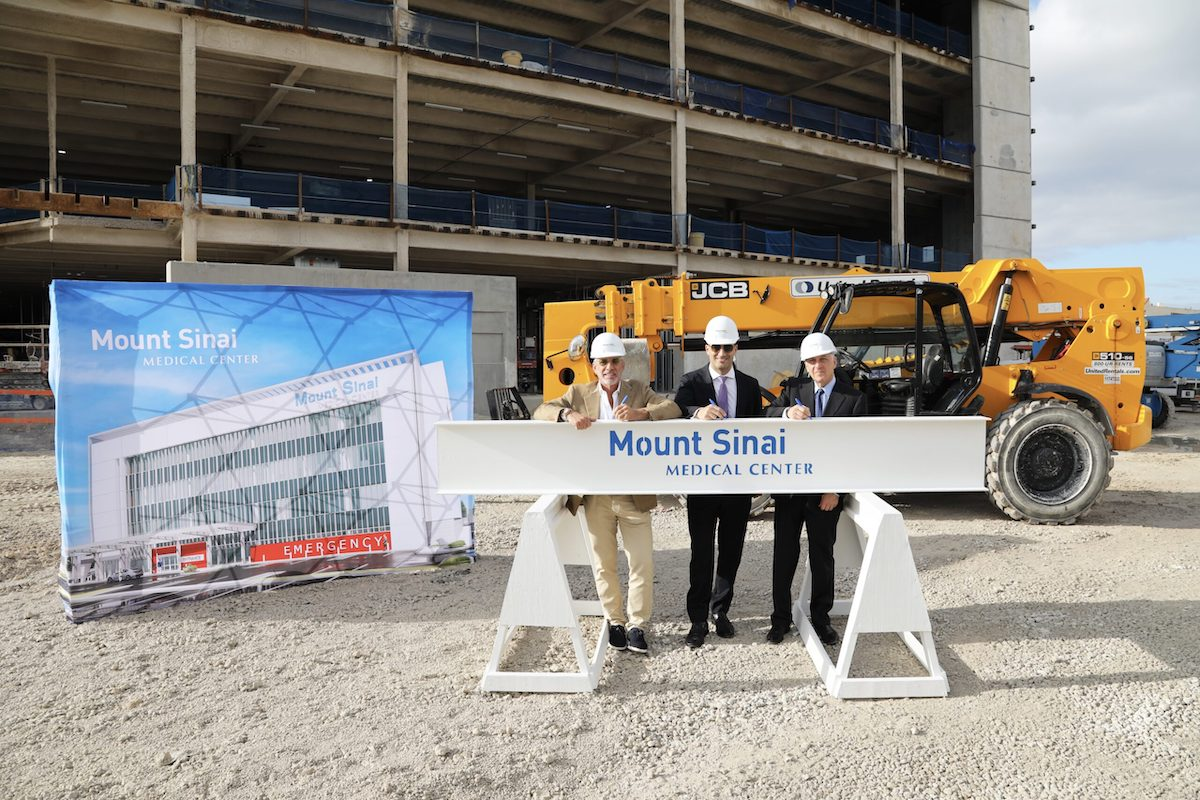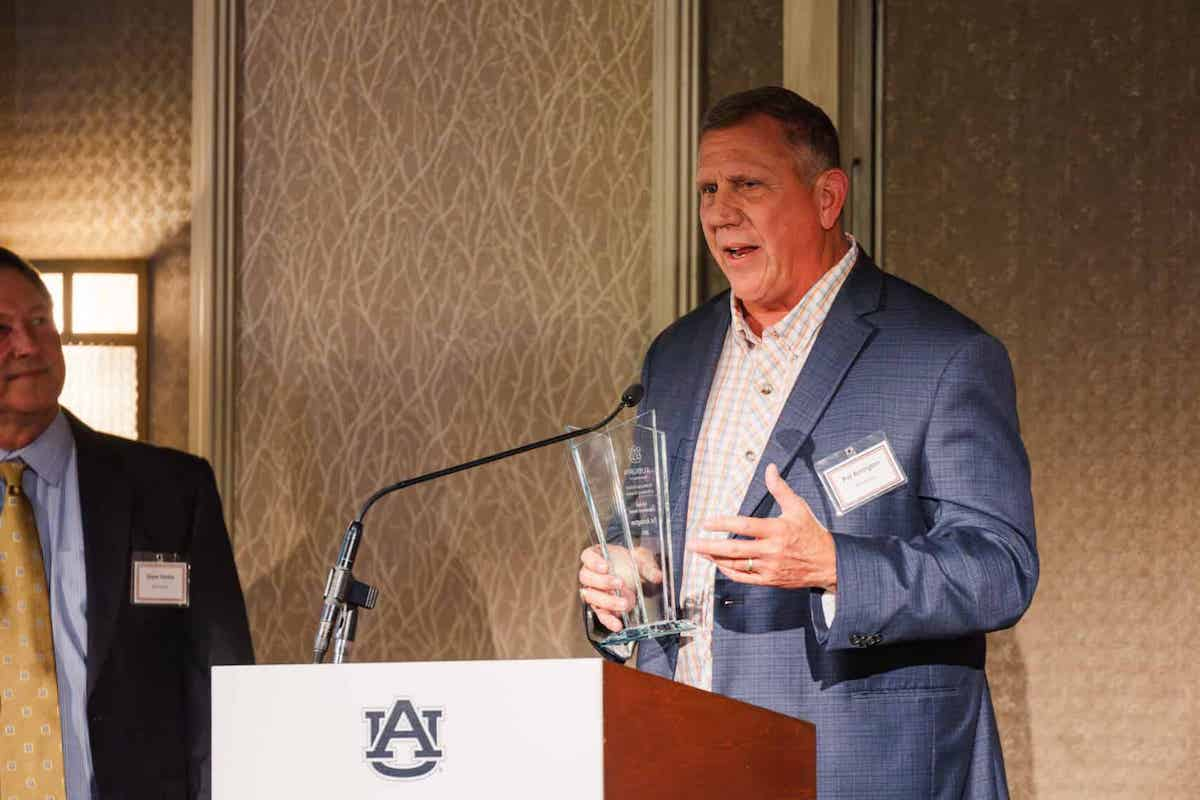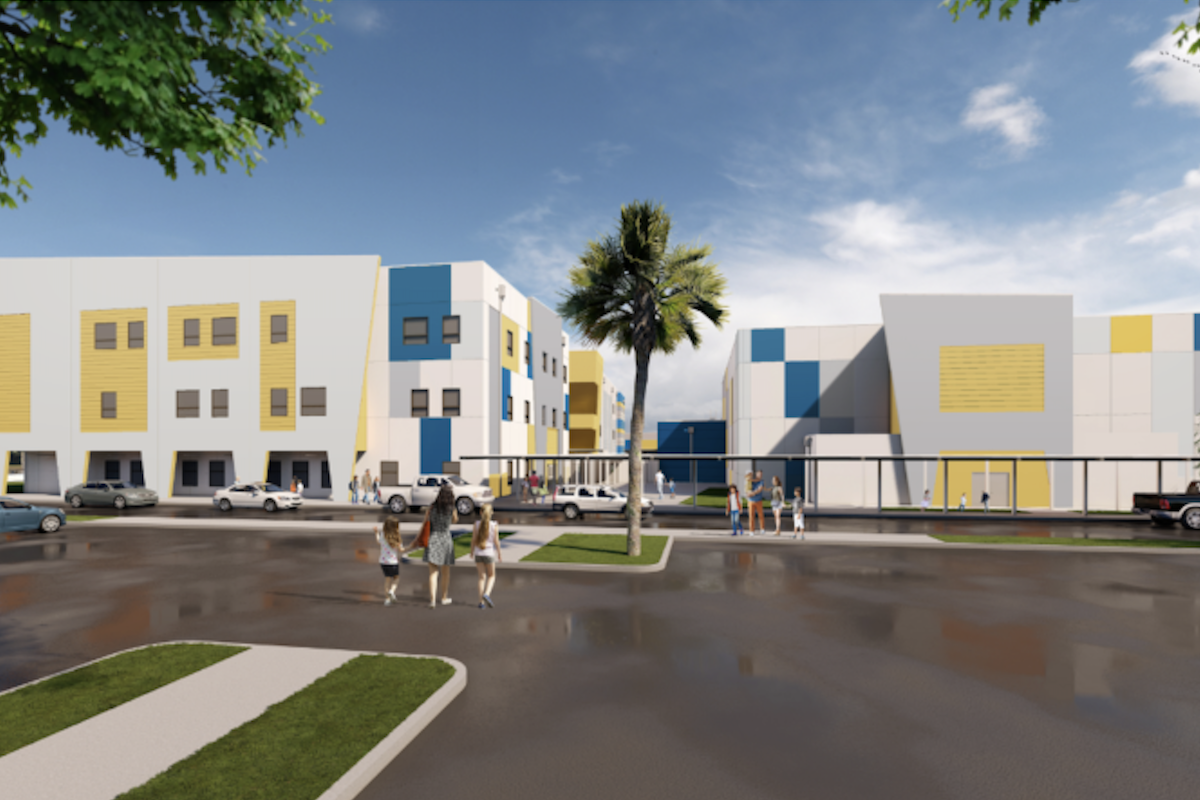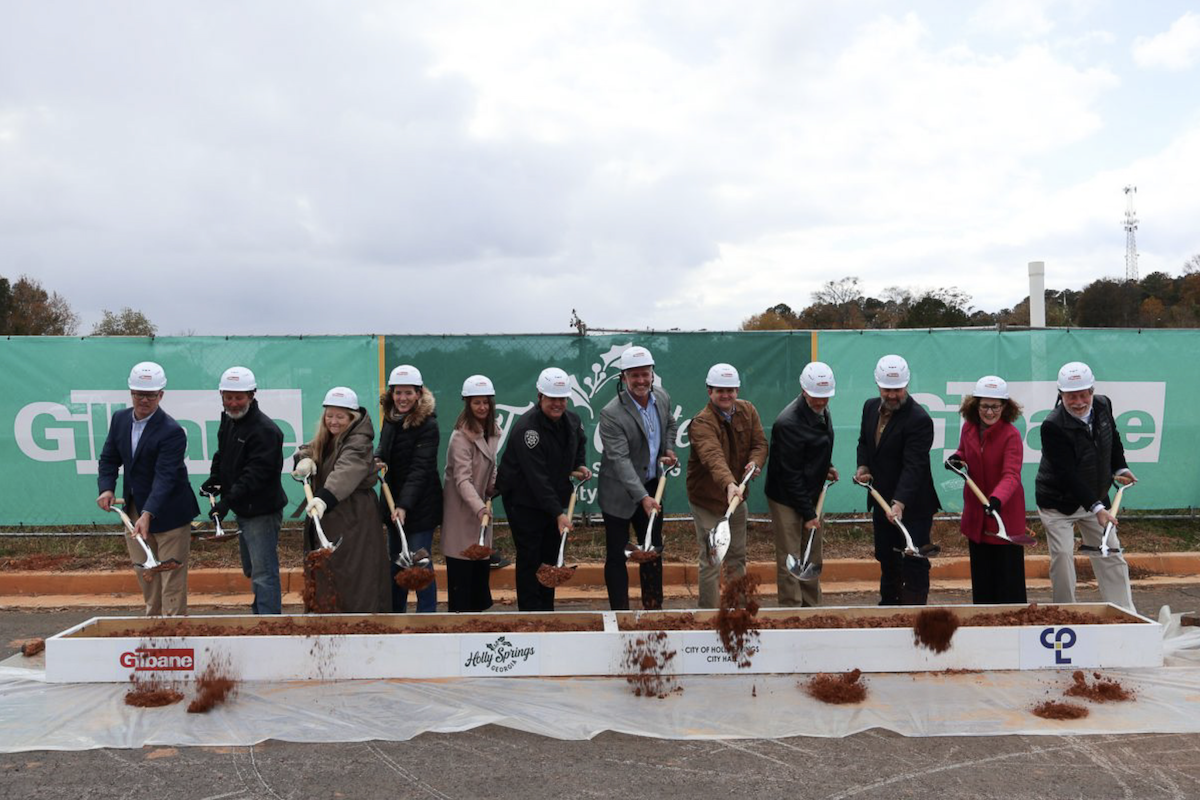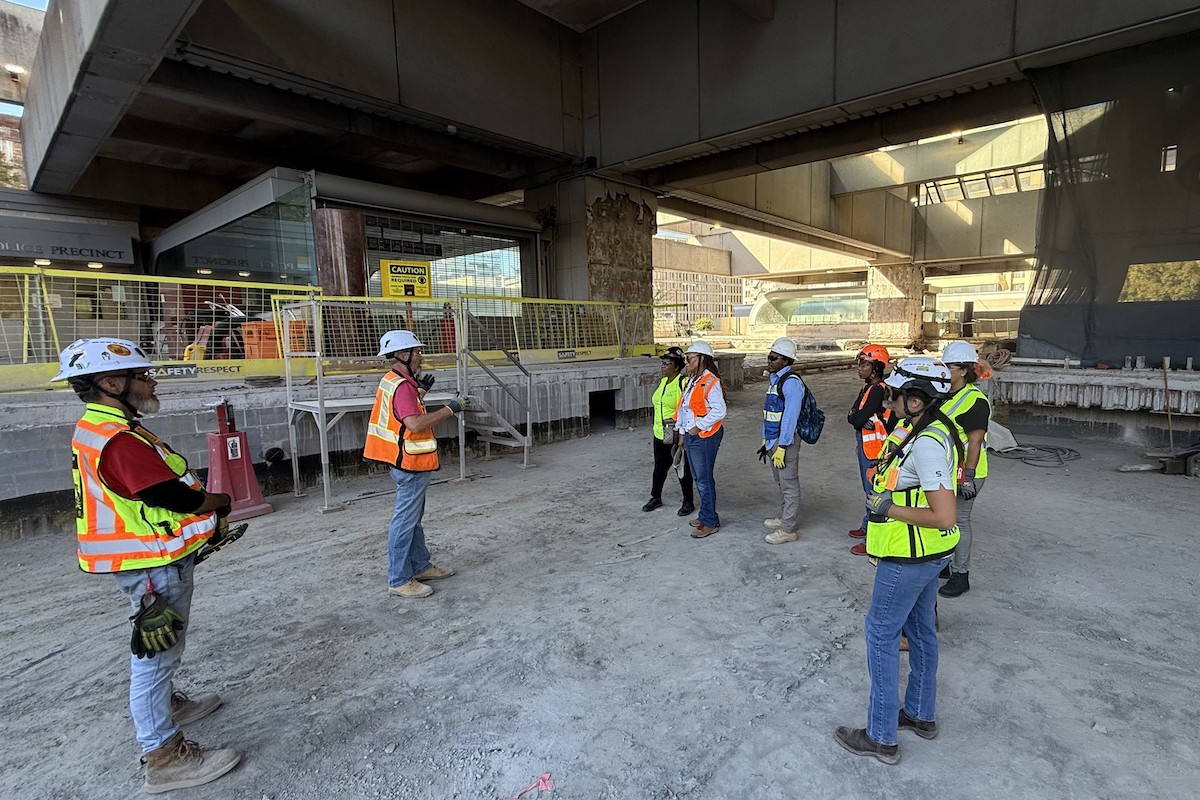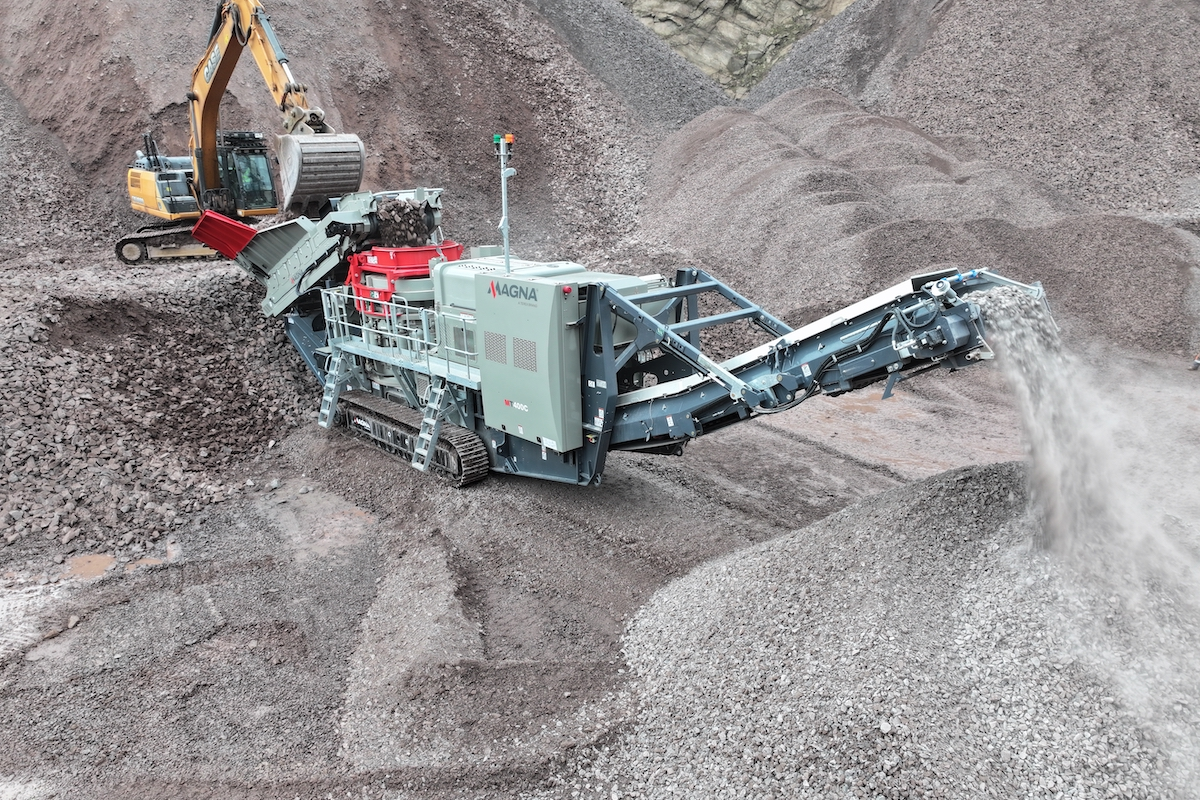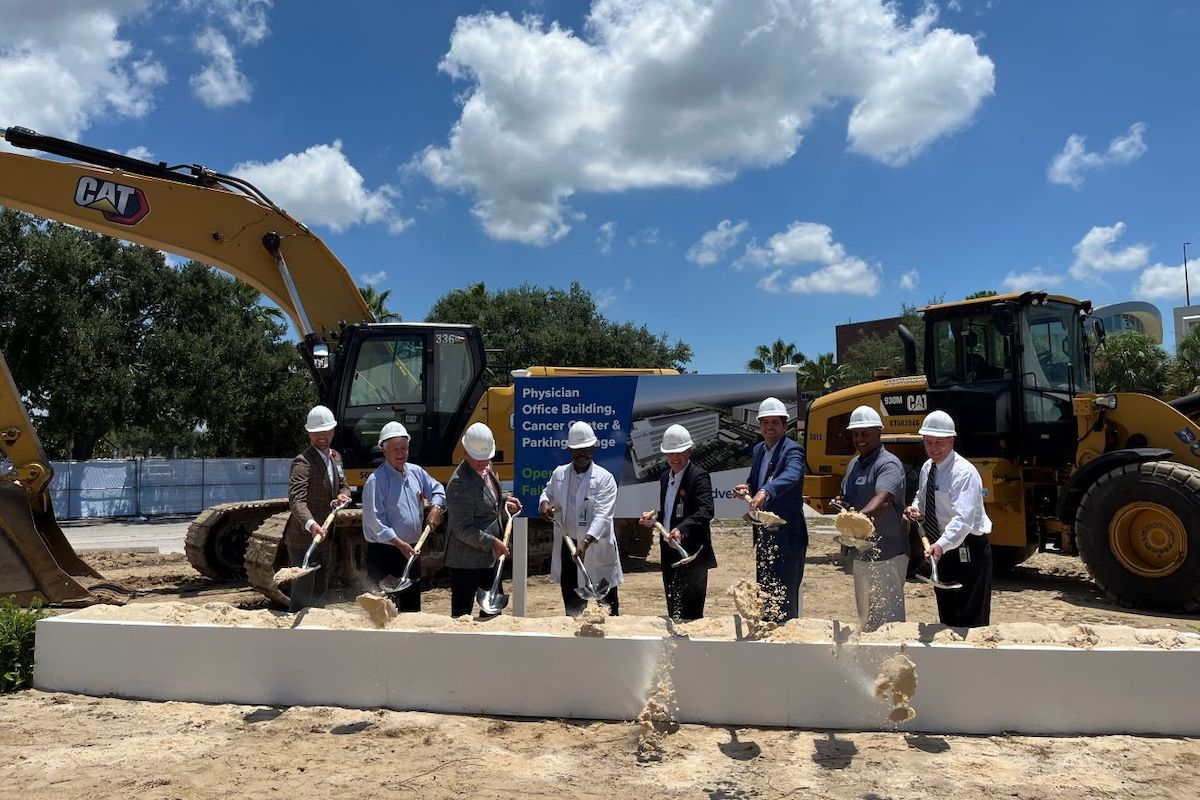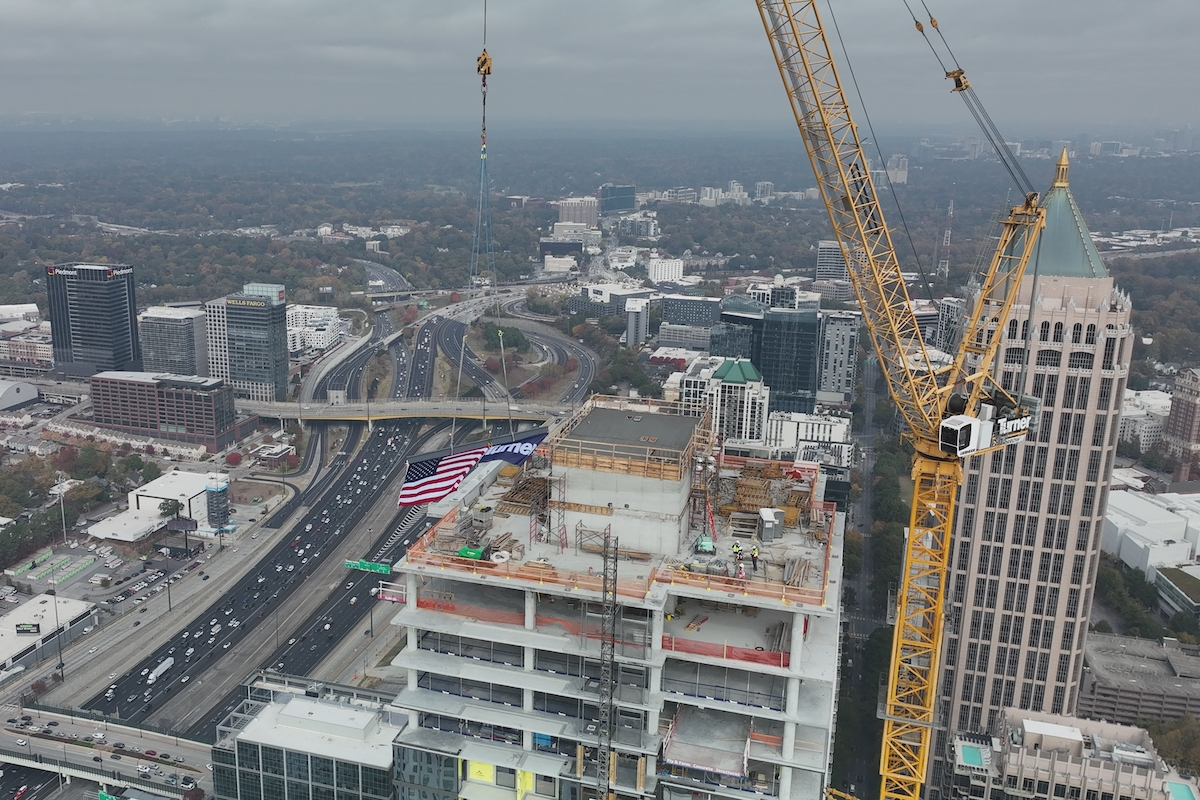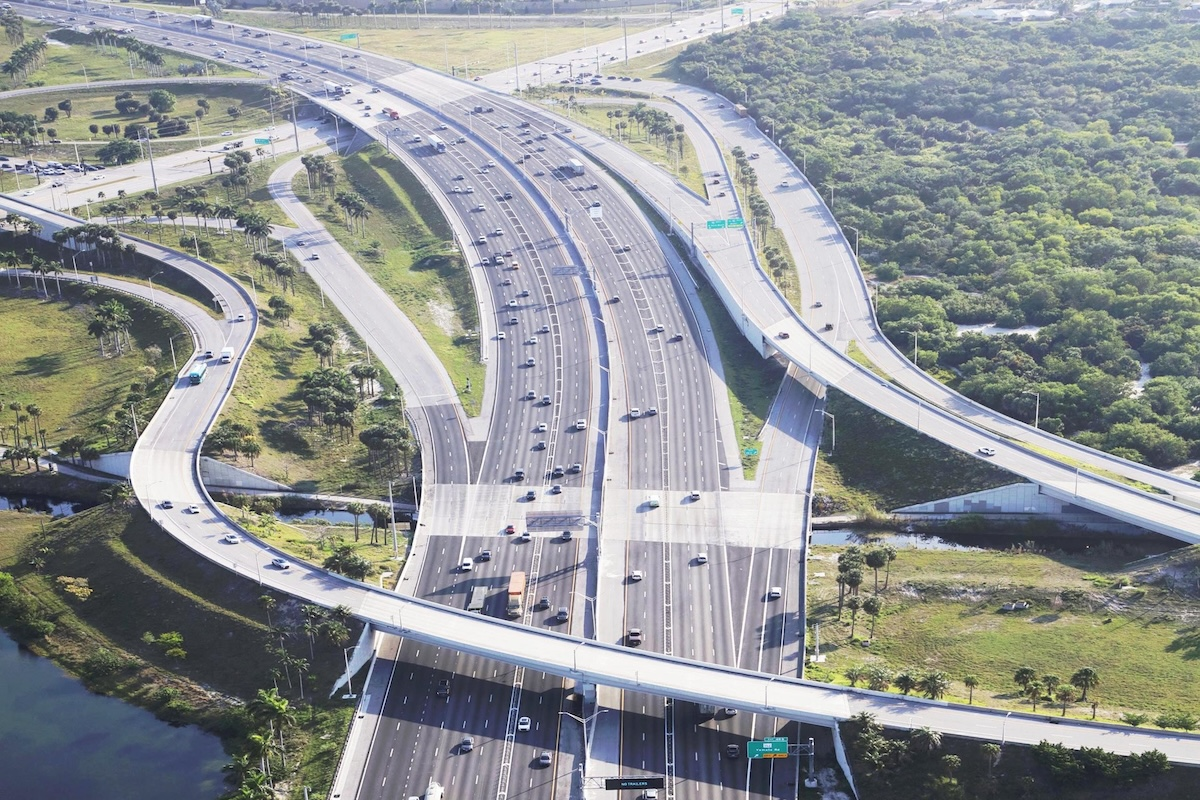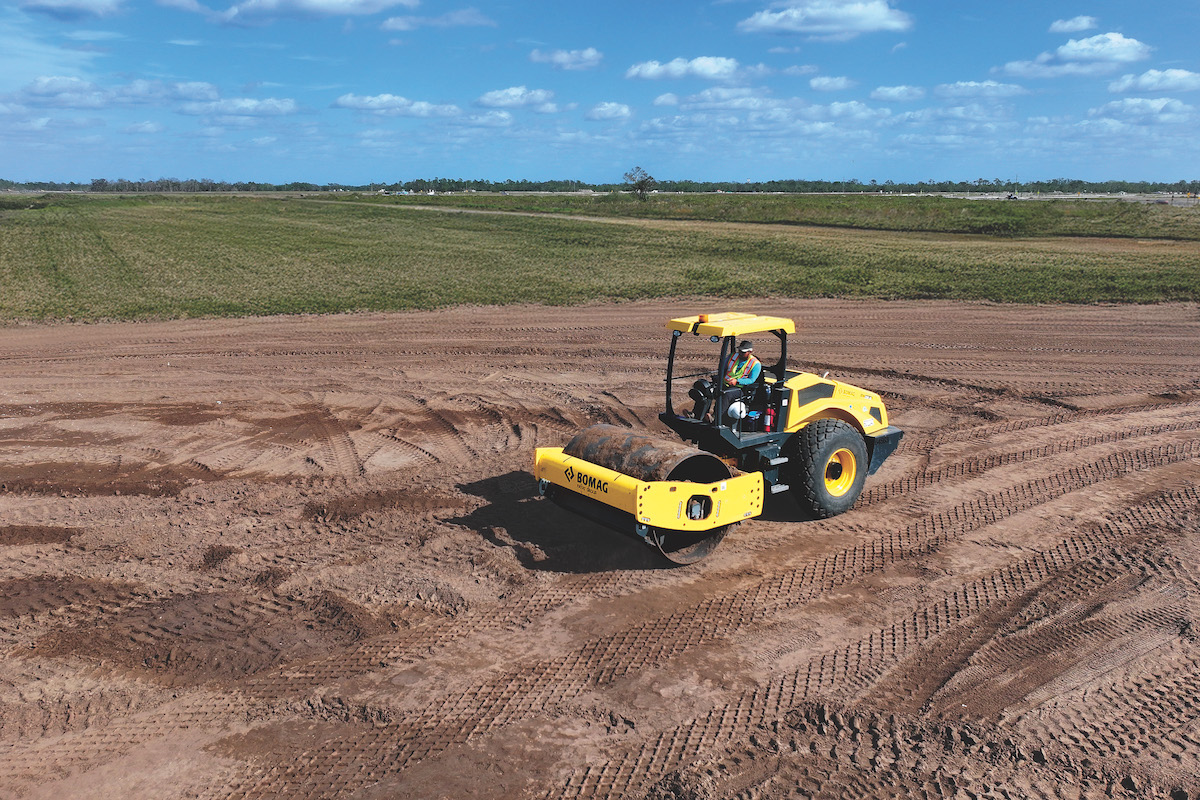For the Jane Bryne Interchange – which links the Dan Ryan Expressway (I-90/94) to the south, the Kennedy Expressway (I-90/94) to the north, the Eisenhower Expressway (I-290) to the west, and Ida B. Wells Drive to the east – the Illinois Department of Transportation (IDOT) divided the project into 35 staggered, low-bid contracts totaling $796.5 million over nine years. Construction began in late 2013, with substantial completion anticipated by the end of 2022.
To assist in administration and oversite of the 35 project components, IDOT contracted with numerous design and construction resident engineering consultants. A variety of prime contractors are working on the project, along with more than 60 disadvantaged, minority, women, and veteran subcontractor companies.
Prior to this effort, no major improvements had been made to the interchange since the original construction wrapped up in the 1960s. High traffic volumes, single-lane ramps, and tight curves often resulted in breakdown conditions for many hours of the day, causing substantial backups in every direction. In fact, the interchange ranked as one of the worst bottlenecks in the country for traffic and freight congestion.
To fix those problems, I-90/94 is increasing from three to four lanes in each direction, while the interchange’s most-congested ramps – northbound I-90/94 to westbound I-290 (North-to-West Ramp) and eastbound I-290 to northbound I-90/94 (East-to-North Ramp) – are expanding to two lanes. Crews are also reconstructing aging pavement throughout the interchange.

| Your local Komatsu America Corp dealer |
|---|
| Linder Industrial Machinery |
Once the project finishes, IDOT predicts a 25 percent decrease in the number of crashes because of less congestion and the elimination of weaving and merging at various exits. An anticipated reduction of over 5 million hours per year of drivers sitting in congested traffic will result in 5,500 fewer gallons of gasoline used daily due to vehicle idling.
Beyond the benefits for drivers, the project also focuses on reconnecting neighborhoods while enhancing pedestrian, bike, and transit modes for the surrounding areas. Improved aesthetics include additional green spaces around the expressway and more than $1 million in tree plantings within adjacent areas to replace each tree removed for construction activities.
IDOT funded the project’s planning and design phases, while construction funding comes mostly from federal sources, with a match from the State of Illinois.
“When originally conceived, planned construction was identified within nine separate contracts to be constructed in a highly aggressive and compressed schedule,” said Maria Castaneda, IDOT Spokesperson. “This approach would have had significant impacts to traffic both along the mainline expressway as well as the local cross streets downtown.”
To mitigate those impacts, “IDOT made the strategic decision prior to construction to divide the work among 35 contracts,” Castaneda said. “This allowed us to keep the interchange open during construction. The project could’ve been done faster, but we would’ve likely created some serious gridlock in and out of the city for months at a time and made life very difficult on the surrounding neighborhoods.”

| Your local Bobcat dealer |
|---|
| Pinnacle Central Co Inc |
IDOT grouped the work into three major stages: cross street bridges, I-290/Ida B. Wells Drive, and I-90/94. While construction proceeds in one stage, design progresses on the next stage. To further accelerate the project, intricate scheduling sometimes requires work zone sharing between contracts.
To keep motorists moving, IDOT relies on complex traffic staging. Lane closures are restricted to nighttime, but even then, crews need to minimize noise in the urban area. During 35 weekends throughout the year, construction must cease due to sporting events, festivals, holidays, and other major events in the city.
An additional complication arose when work had to be staggered around the full reconstruction of the interchange between I-55 and Lake Shore Drive. According to IDOT, there was an unforeseen need to accelerate that work when the bridge decks repeatedly failed, leading to emergency closures for days. The reconstruction of the I-55/Lake Shore Drive interchange lasted two years and delayed work on the I-290 portion of the Jane Byrne Interchange.
Near the Cermak pumping station, IDOT specified carbon fiber reinforced polymer (CFRP) lining in four of the 54-inch watermains in order to avoid replacing those pipes under the expressway. According to Eric Ray, IDOT Resident Engineer, and Brian Kuttab, IDOT Consultant Project Manager, that work was done in stages to avoid hindering the ability of the Chicago Department of Water Management (CDWM) to meet customer demand.
To install the lining, “The valves to the pipes were closed off and the pipes were pumped dry,” Ray said. “Workers entered the pipes through access manholes or other openings. They cleaned and prepped the surface, then placed sheets of woven carbon fibers impregnated with an epoxy resin in layers to line and reinforce the pipes from the inside. After the lining material cured, the inside of the pipe was cleaned, disinfected, flushed, and tested before going back into service.”

| Your local Bomag Americas dealer |
|---|
| Linder Industrial Machinery |
In addition, contractors have used undercuts, geotech fabric, foam blocks as backfill, and lightweight cellular concrete fill to replace conventional fill in settlement-prone areas.
In numerous parts of the project, crews encountered an abandoned brick water tunnel that previously served an elevated rail line, as well as abandoned water supply tunnels for the nearby pumping station. According to Ray and Kuttab, IDOT coordinated with CDWM to confirm, locate, bulkhead, and permanently fill the tunnels. Most of the tunnels were addressed before major work began.
“This work includes limited right-of-way acquisition, resulting in minimal work zones for excavation and other earthwork,” Ray said. “Excavations close to structures are typically braced, but displacement monitoring provides a quantitative means to determine if adjacent structures are experiencing unusual settlement.”
To protect excavations in the tight work areas, contractors have used multiple soil retention systems, including helical soil anchors, slide rail systems, sheeting, soldier pile/lagging, secant pile walls, and braced piles.
Despite the project’s many challenges, contractors already completed more than 75 percent of the work to upgrade the interchange’s roadway design and system operations.

| Your local Topcon Positioning Systems Inc dealer |
|---|
| Linder Industrial Machinery |
Some work on southbound I-90/94 will finish soon. Reconstruction on northbound and southbound I-90/94 from Roosevelt Road to Lake Street/Madison Street, as well as Adams Street and Jackson Boulevard over I-90/94, began in 2020. Bridges, mainlanes, collector-distributor roads, and ramps under those contracts are scheduled to open in 2022.
Active contracts also include tree plantings, high-mast lighting, and Intelligent Transportation Systems. Two remaining contracts – painting at the Ida B. Wells Drive viaduct bridge and construction of additional green space – are yet to be let.
Photos courtesy of the Illinois Department of Transportation


















